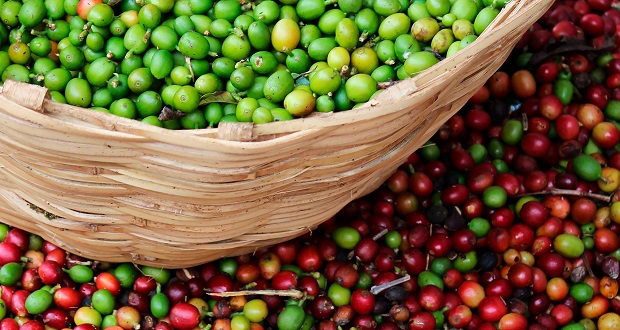-Advertising-
The Secretariat of Agriculture and Rural Development (Sader) train coffee growers from Puebla and 10 more states for them to execute better fertilization and apply pruning of rejuvenation to the cafetos, in order to avoid CBB and rust pests.
The above, through National Service of Agrifood Health, Safety and Quality (Senasica), which, in 2020, installed 314,380 artisan traps in 19,771 hectares of Puebla, Colima, Chiapas, Guerrero, Hidalgo, Jalisco, Nayarit, Oaxaca, San Luis Potosí, Querétaro and Veracruz, to control the bit.
Likewise, the technicians of the Senasica changed the attractant in the traps of 4,831 hectares in Colima, Jalisco, Nayarit, Querétaro and San Luis Potosí, and applied the Beauveria bassiana fungus as a biological control method in 1,016 hectares of Veracruz.
 –
–
Regarding rust, the specialists applied fungicidal sprays on 110,121 hectares of these 11 entities, which helps eliminate the spores of the fungus that causes the disease.
The control period in the main producing areas of the country takes place from April to September, detailed the Senasica.
He stressed that, in addition to the actions of phytosanitary protection, trains coffee growers to perform better fertilization and perform pruning of rejuvenation to coffee trees, which reduces the effects of rust.
The organism of farming indicated that, derived from these actions, the presence of the coffee berry borer has been significantly reduced in the last years and currently the average of infestation is less than two percent.
Mexico is the 11th world producer of cherry coffee, more than 900 thousand tons harvested in 712 thousand hectares and commercial value of four thousand 726 million pesos.
 –
–
The main producing states are Chiapas, Veracruz, Puebla, Oaxaca and Guerrero, which together concentrate more than 90 percent of the area established in Mexico.
LPR
–

